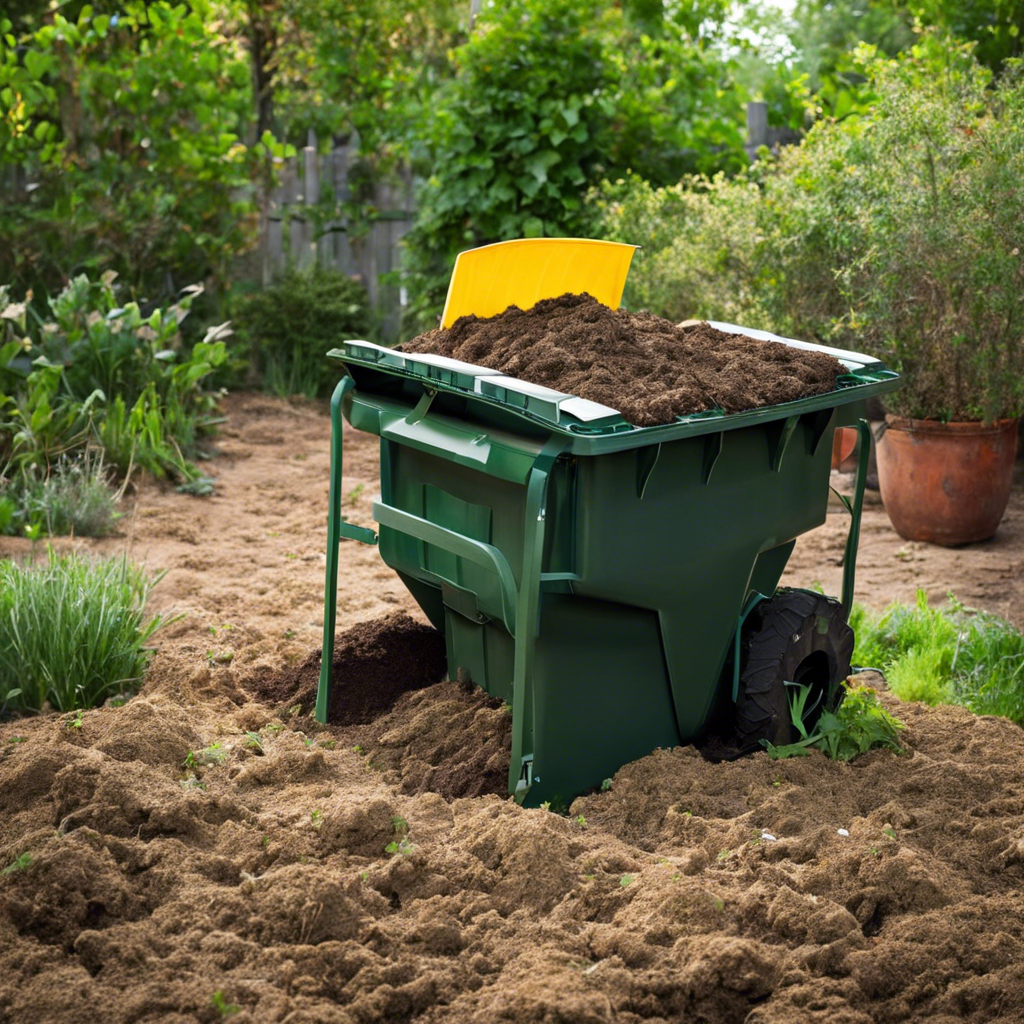Creating a sustainable garden is not only a rewarding hobby but also an excellent way to contribute to the health of our planet. It can provide you with a deep sense of satisfaction, knowing that you are doing your part to protect the environment while also enjoying the beauty and bounty of nature. So, how can you create a thriving and eco-friendly outdoor space?
Firstly, start with thoughtful planning. Consider the natural conditions of your region and choose plants that are well-adapted to the climate and soil type. This reduces the need for excessive water, fertilizers, and pesticides, which can be detrimental to the environment. Native plants are often a good choice as they have evolved to thrive in the local conditions and provide habitat and food sources for local wildlife. Group plants with similar water needs together to maximize water efficiency.
Soil health is crucial for a thriving garden. Build up your soil organic matter by composting kitchen and garden waste and using it to feed your plants. This improves soil structure, increases water retention, and provides a slow-release source of nutrients, reducing the need for synthetic fertilizers. Encourage beneficial insects and birds to make their home in your garden by providing shelter and food sources. Bees, butterflies, and ladybugs are excellent pollinators and natural pest controllers. Incorporate a variety of plants that offer nectar and habitat to attract and support these helpful creatures.
Conserve water by adopting efficient watering practices. Consider installing a rain barrel to collect rainwater from your roof, which can then be used to hydrate your plants. Minimize evaporation by watering early in the morning or late in the afternoon and direct the water towards the soil, avoiding wetting the leaves. Mulching your beds also helps retain moisture and suppresses weed growth, reducing the need for chemical weed killers.
Create a peaceful and welcoming atmosphere by incorporating natural materials and eco-friendly features. Use recycled wood for raised beds, install a water feature that recirculates the water, and choose solar-powered lighting to illuminate your space without increasing your carbon footprint. Embrace the natural cycles of your garden, accepting that some plants will flourish while others may struggle. Learn from these experiences and adapt your practices to create a resilient and thriving ecosystem.

